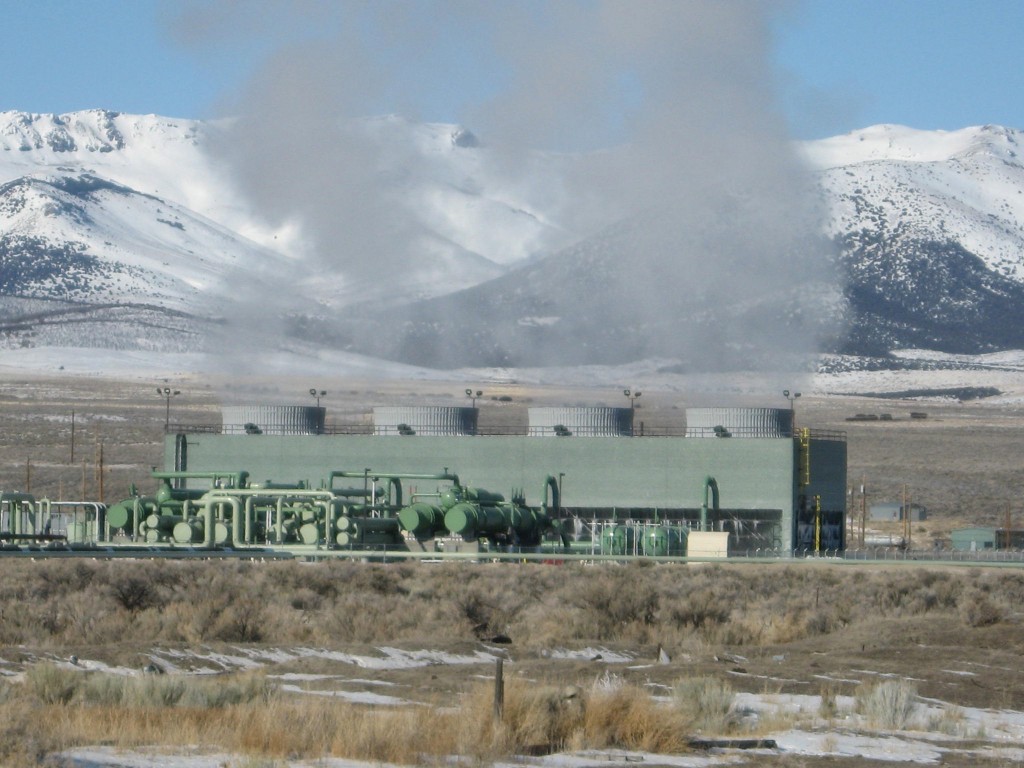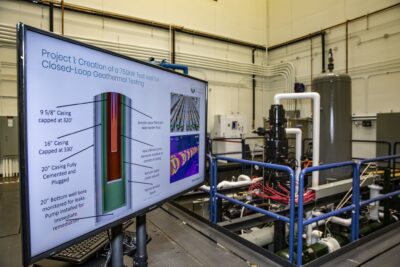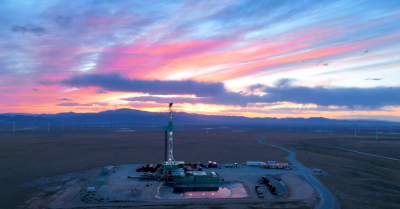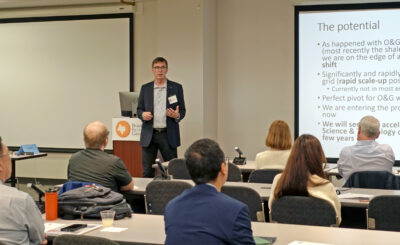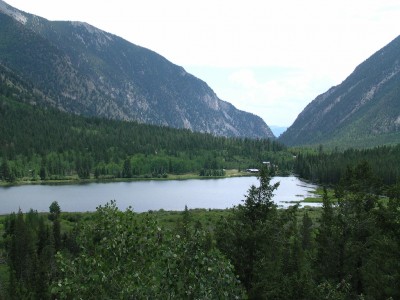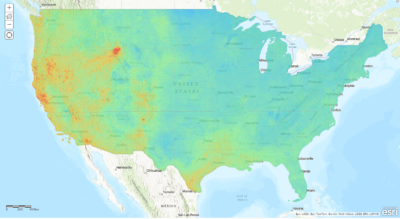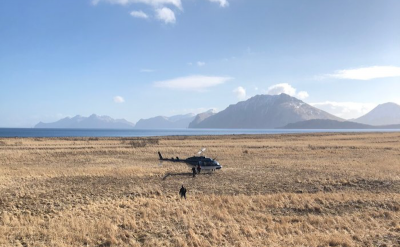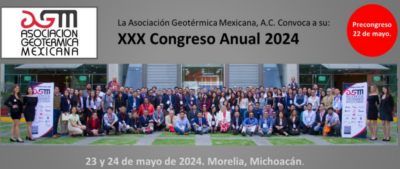Standard Steam Trust’s project in Idaho discussed in recent article
Standard Steam Trust has leased geothermal rights from private property owners on about 17,000 acres in the Newdale area in Fremont and Madison, Idaho U.S.
Reported in a local paper, it is said that “Denver-based company, Standard Steam Trust, has been exploring the possibilities of using geothermal resources in Fremont and Madison counties for the past couple of years. Geoff Simpson, a company representative, gave the Fremont County Commission an update on the project this month.
Simpson said this week that company officials, at the request of property owners that have leased geothermal mineral rights to the company, met about eight months ago with county officials to explain the project process. The recent meeting was an update.
According to Simpson, the company has leased geothermal mineral rights from private property owners on about 17,000 acres in the Newdale area in Fremont and Madison counties on both sides of the Teton River.
From Newdale to the east to north, the company has leases on an area about 4 1/4 miles long to 4 miles wide with another 1/2 mile to the south of Newdale. “Last year we drilled 30 geothermal gradient test wells to measure the wells’ temperature gradient levels over the prospect area,” Simpson says.
Using information gathered from those wells and from data available from public sources, “We get a big broad picture of the temperatures,” he says.
Then a scientific formula or model is used to guess the temperatures that might exist at depths of 3,500 to 7,000 feet. “We’re looking at the temperatures, information about the structure, the geology and geophysics from other drilling within the past 30 years,” he says.
The object was to come up with sites for four wells that would be drilled to the target depths of 3,500 to 7,000 feet to see if the water temperatures are sufficient to produce steam to produce electrical energy.
Simpson says the company is at that stage. It has located four sites where deep wells might be drilled — all on the north side of the Teton River on private property.
“Now the next step is to drill the deep holes to target the range and discover the temperatures and pressure at that level,” he says. The first hole will be dug as soon as the expensive and heavy drilling rig can be moved into the isolated location this spring. Simpson says it depends upon the weather, but drilling the first hole could begin in May or June.
“It’s expensive. It’s a big drill rig. It will take from 90 to 120 days to get to depth, depending on the weather,” he says. What that well shows will likely determine the status of the rest of the project. “If the first well has no (sufficient) temperature a decision will have to be made whether to proceed.”
If the company finds what it’s looking for, it will drill more deep holes and test the production of the wells over a 60- to 100-day period, pulling water from it and putting it back in, gleaning more data.
If the results are good, the plans are to drill a total of from eight to 14 producer and injector wells with a power plant to use the geothermal resources the wells contain.
“That takes us to 2011 or 2012,” Simpson says. “It would be 2013 until the power plant would be turned on.”
It’s no secret that a number of wells have been drilled to test the feasibility of harnessing geothermal energy in the area.
Simpson says the wells in the 1970s were drilled using old technologies. “Since then the technologies have changed,” he says. And there have been big changes in the value of energy. Although Idaho doesn’t have a mandate for producing renewable energy, other states, such as Utah, do. Idaho does not have the benefits that come with the mandate either.
“If we wheeled power into Utah we would be eligible for tax breaks and incentives,” he says. “The economics have changed.” Still, he says, “it’s economically feasible to produce geothermal energy without relying on the incentives.”
The Newdale-area folks who have leased geothermal mineral rights to Standard Steam Trust were paid a bonus upon leasing. They also receive rent payments. If the company proceeds to drill more deep holes and eventually produces power, leases involved will receive royalties.
Simpson says the U.S. has the largest number of geothermal power plants in production in the world, but there is still a potential for more, particularly in the West on public land.
“Nevada and Utah are where the resources are located on BLM (Bureau of Land Management) land,” he says. The drawback to developing such resources in the red tape involved in getting the permits, he says.”
Source: Standard Journal
